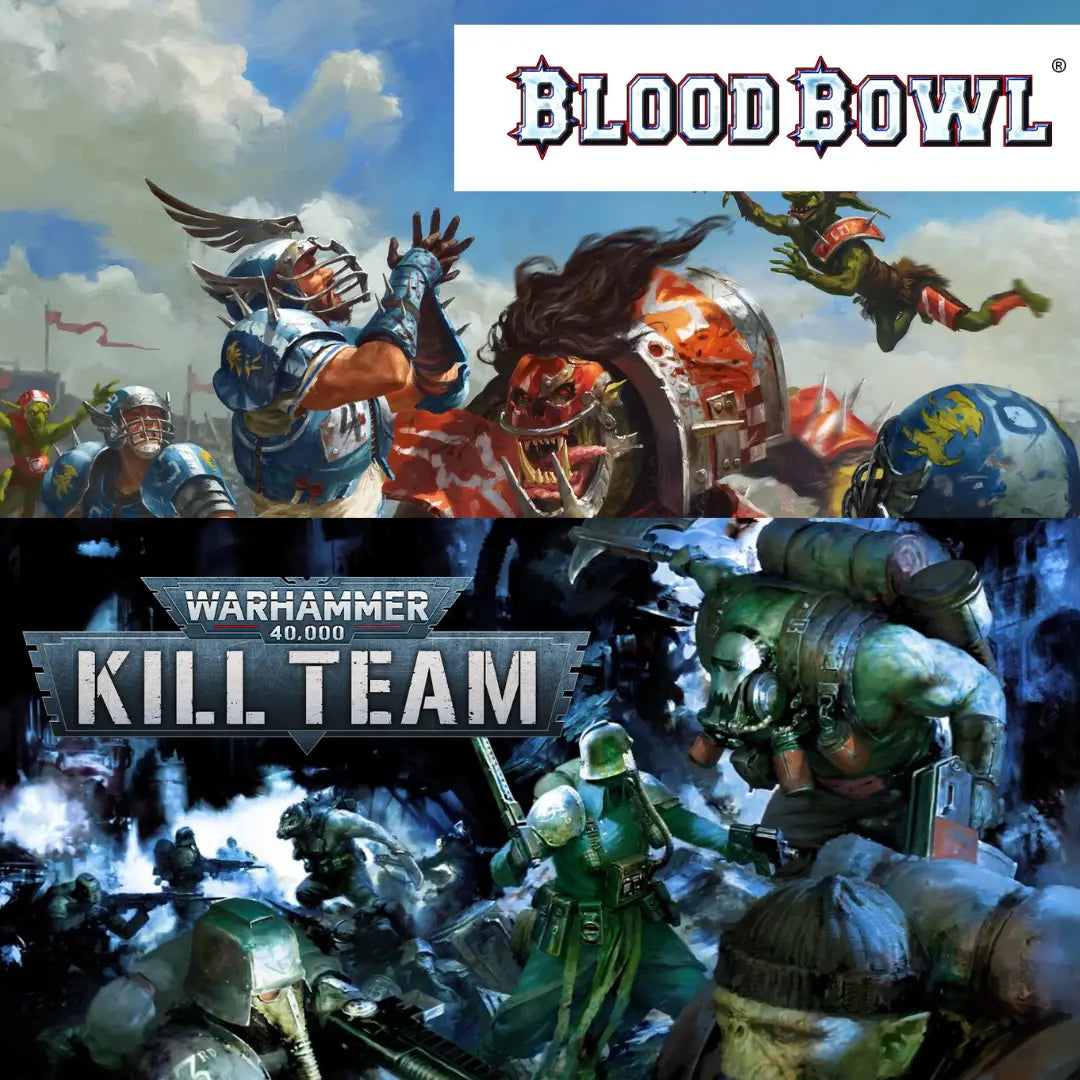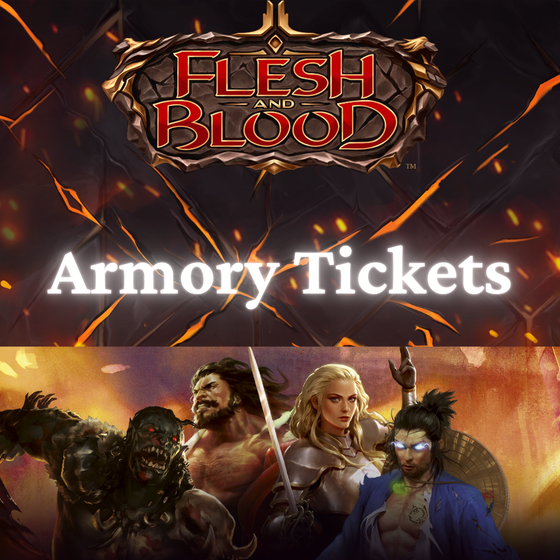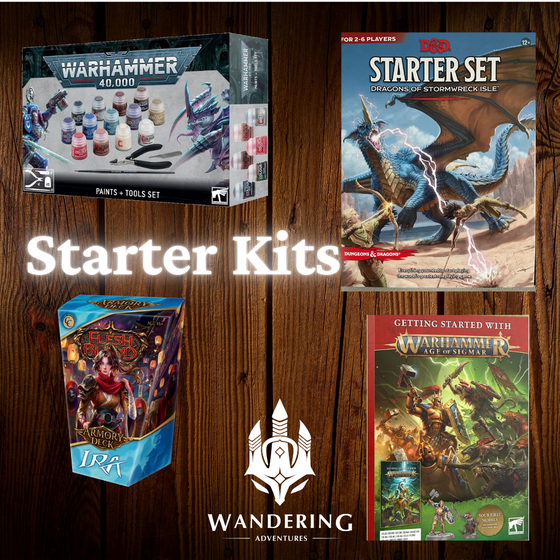Looking At Some Of Games Workshop's Other Games

Many of us were introduced to tabletop wargaming through Warhammer. Whether it was 40K or Fantasy, you were intrigued by the mass of armies and throwing of dice or immersive lore. Today we are going to look at the rules difference in two of the other games that Games Workshop produces, Kill Team and Blood Bowl.
40K and Fantasy (now known as Age of Sigmar) are mass combat battles set in their respective universes. To play, you take command of a mass of troops, and take the battlefield to duke it out with an opponent. You command squads, units, troops, tanks, monsters and other weapons of destruction, and use them to squash the opposing army to bits. Pushing many models across the board, you play through phases using your entire army, and throw many, many dice.
Typical games are 2000 points, and let you use a host of models. Below are some pics found on the interwebs of 2000 point armies:



Both 40K and AoS use a system where one player will use their entire army over several phases, and then their opponent will do the same. Usually its 5 turns per player, and results in the glory of playing Warhammer with a combination of strategic gameplay, immersive lore, customization options, social interaction, tactical challenges, and epic battles.
Both Kill Team and Blood Bowl provide similar outcomes, but get there in different ways.
Kill Team is a skirmish-level tabletop wargame set in the Warhammer 40,000 universe. The game is designed for small-scale battles between elite squads of warriors. Players create a small force known as a "kill team," usually consisting of around 5 to 20 models and play the game over 4 turns.
The big difference between Kill Team and the mass combat games is that you are using 1 operative at a time, opposed to using a whole army at a time. Also, its a "you go, I go" system where in most cases one player would do their actions with 1 operative, then the opponent would do the same until all models have been activated.
One of the big differences between Kill Team and 40K is the shooting/ melee structure. In 40k you roll a To-Hit roll, then take successes for a To-Wound Roll. Your opponent would then attempt to defend any successful hits.
Shooting in Kill Team:
The attacker rolls their attack dice. Each result that equals or beats the selected weapon’s Ballistic Skill characteristic is a successful hit and is retained.
The defender collects their defence dice and rolls them. Their defence dice are a number of D6 equal to the target’s Defence characteristic.
You would then compare successes and leftover dice would either hit or block.
It's a very elementary explanation, but I can promise it creates some very dynamic gameplay. Players feel very involved in every phase, especially during attacking and defending. This system allows for quick resolution and dynamic gameplay. The streamlined process keeps the focus on tactical decisions and strategic positioning during battles.
Kill Team has a few other notable differences, like Cover, interactions with terrain, Engage/ Conceal mechanics and the way points are scored.



Next game we will briefly look at is Blood Bowl. It is unlike any of the other wargames that I have played. There is a simple reason for that: it isn't technically a wargame! It's a sport (football) set in a fantasy world.
Can players be killed in game? Yes.
Can you bribe and argue with referees for an advantage? Yes.
Do fans help you in game? Yes.
Is it fun? Very much yes.
In Blood Bowl, you will play a game of two halves, having 8 turns in each half to try to get across the table and score a touchdown. This is probably the biggest difference between Blood Bowl and other wargames. Let's face it, in most games the goal is to kill the opposition. Yes there are objectives, but ultimately you are trying to clear the board of your opponents minis. In Blood Bowl, you WANT to play the objectives (touchdown) because its the way to win. Other features include:
Violence and Humor: Unlike traditional sports games, Blood Bowl embraces violence and adds a humorous twist to the gameplay. Players engage in brutal tackles, fouls, and even the occasional death on the field. The game doesn't take itself too seriously, incorporating a dark sense of humor throughout.
Randomness and Chaos Factor: Blood Bowl introduces an element of unpredictability with the use of dice rolls for various actions, such as passing, blocking, and picking up the ball. This randomness adds an extra layer of challenge and excitement, making each game unique.
Mix of Strategy and Chance: The combination of strategic planning and dice rolls adds an interesting dynamic to the game. Coaches need to balance risk and reward, adapt to unexpected events, and make the most of both successful and failed actions.
Customization: Like many tabletop games, Blood Bowl involves the use of miniature figurines representing the players on the field. Players often enjoy the hobby aspect of painting and customizing their miniatures, adding a personal touch to their teams.
Overall, Blood Bowl's unique blend of fantasy, sports, strategy, and humor sets it apart from other tabletop games, creating an engaging and memorable gaming experience for players.
At Wandering Adventures we have upcoming events for both games:
Check out our Kill Team Narrative Campaign
Or our Blood Bowl Learn to Play Day



